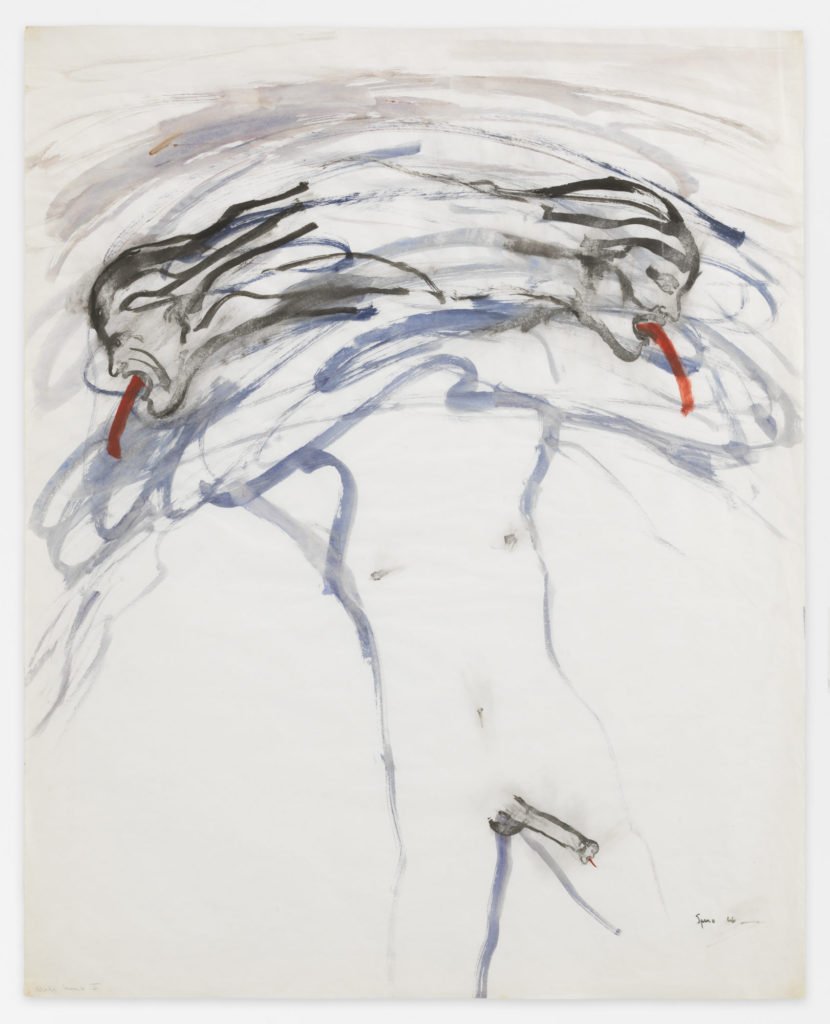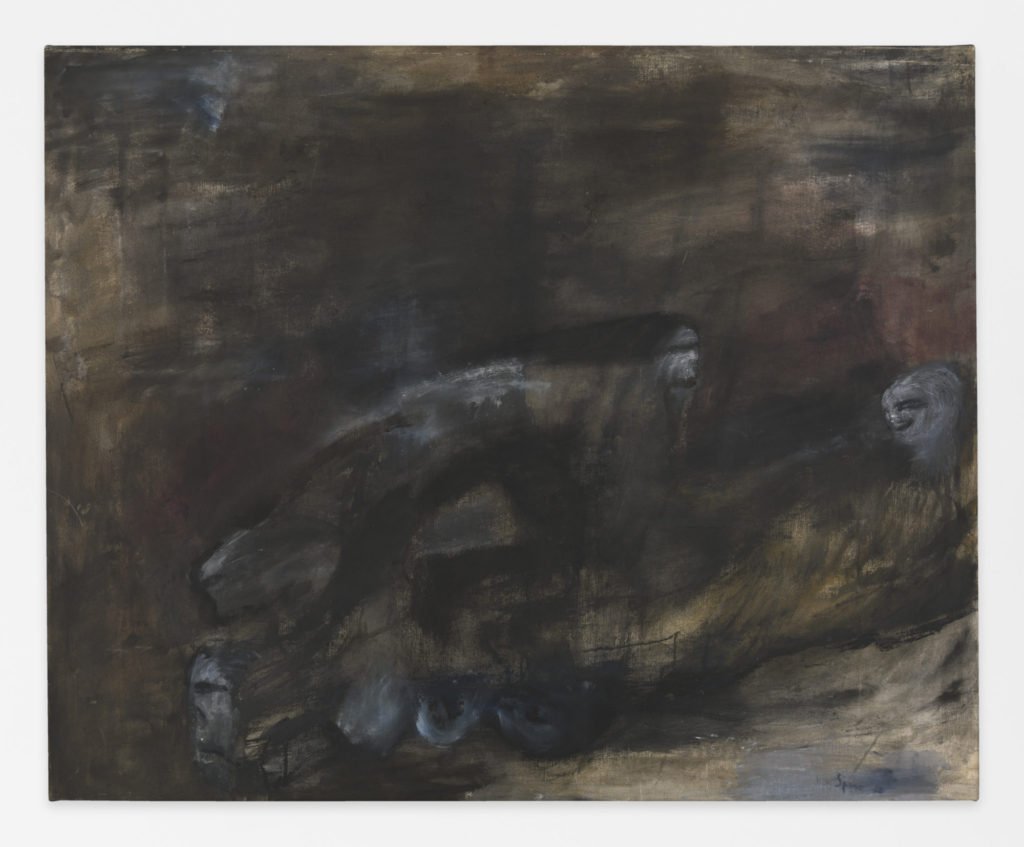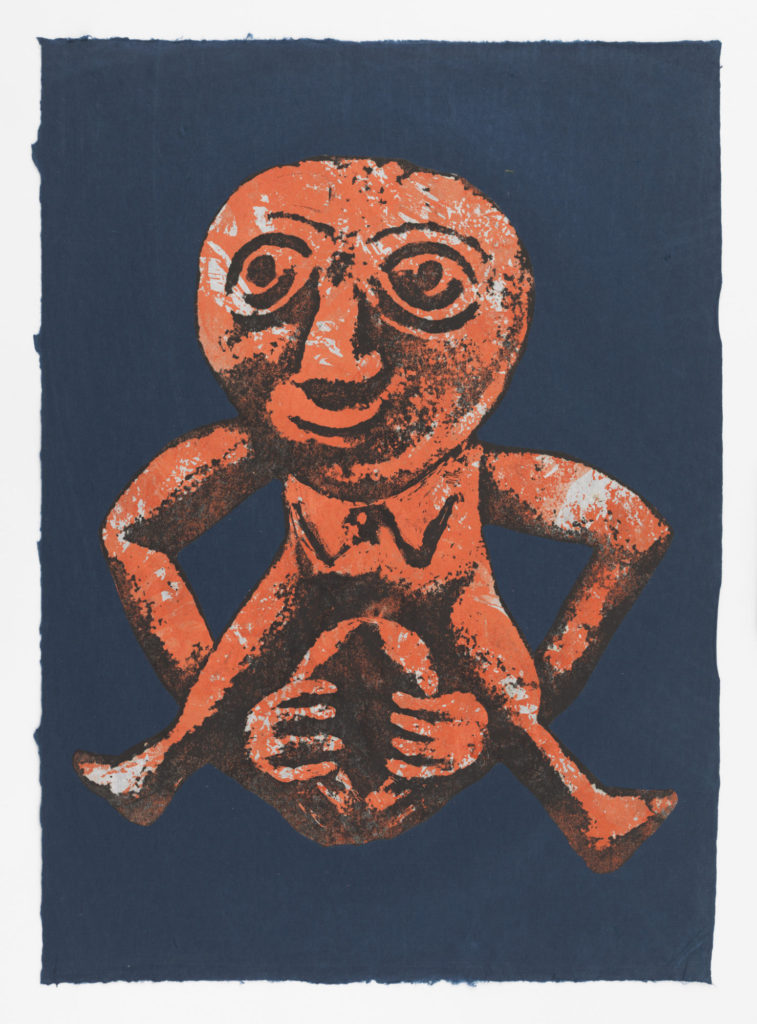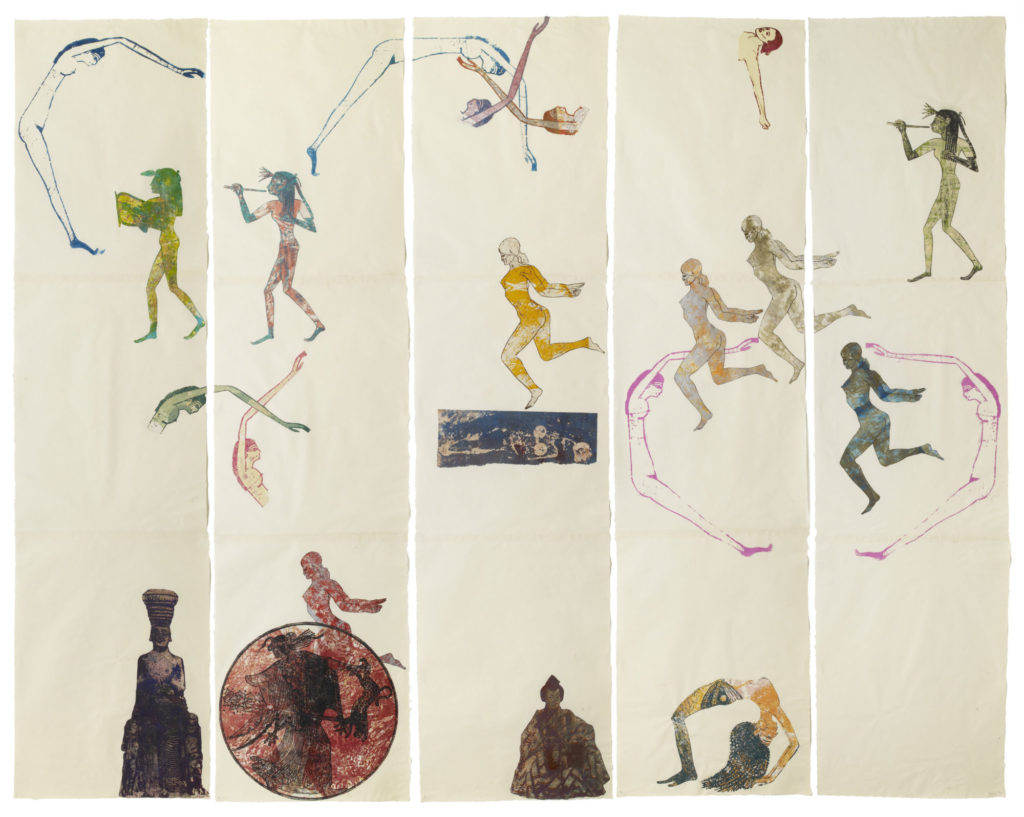This Woman’s Work
Nancy Spero at MoMA PS1
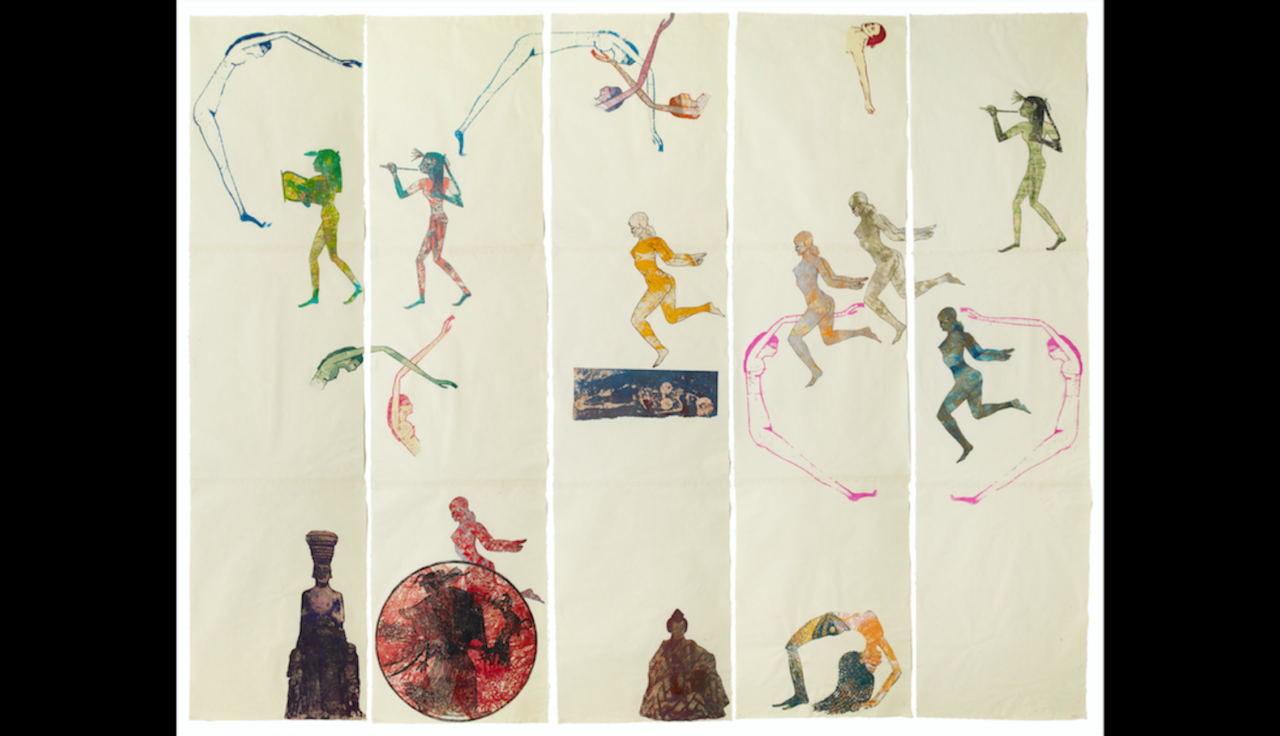
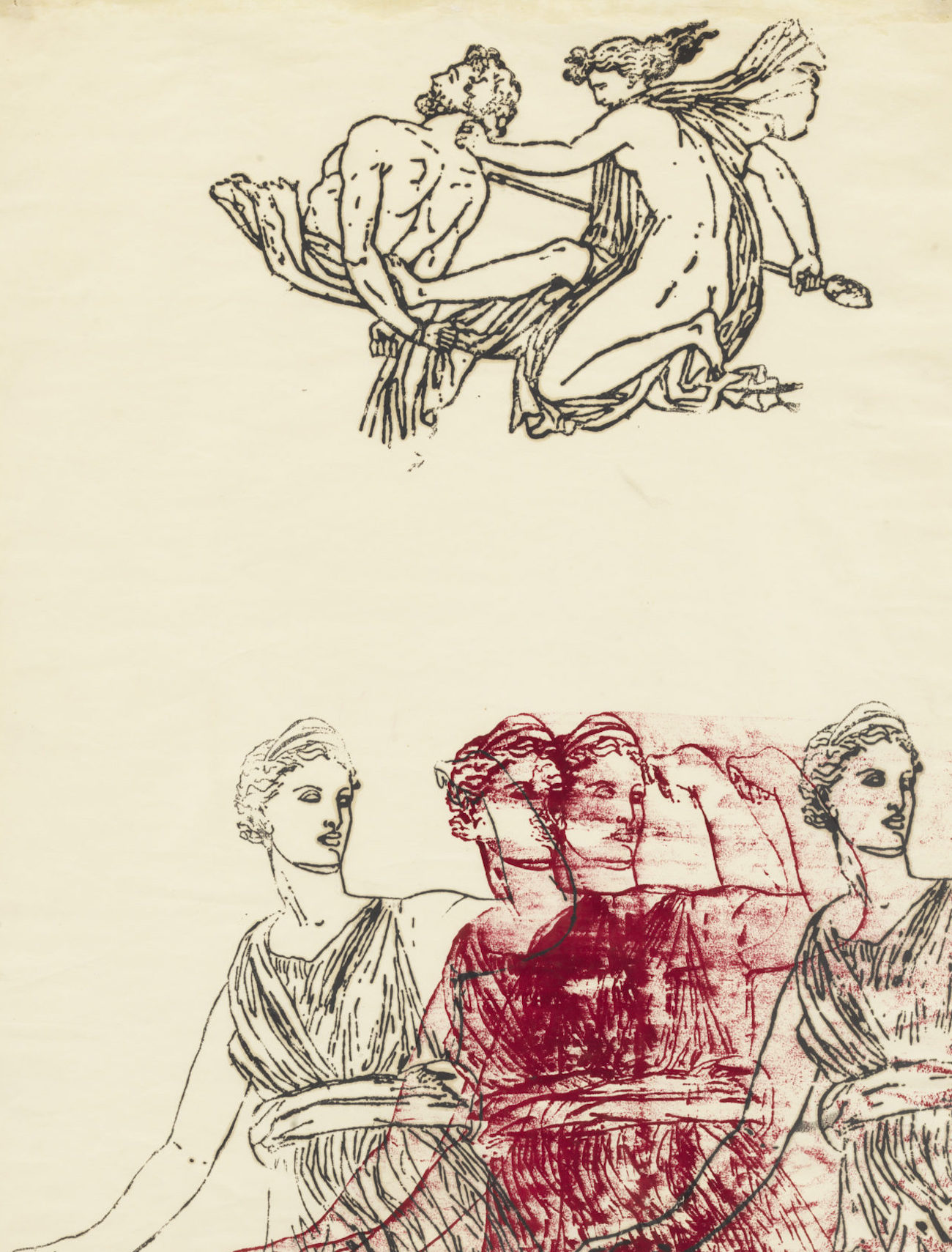
Nancy Spero is now a celebrated artist, but when she started her career as an artist, she struggled to gain footing. That was her reality as a woman working in the arts in the 1960s (or for any industry, even today.) However, this was a motivating factor, too. In many ways, Spero’s work pioneered the activism in art that became commonplace after the sixties. In the first major survey of her work since her death in 2009, called Nancy Spero: Paper Mirror, New York’s MoMA PS1 and curator Julie Ault show how truly marvelous Spero was not just as an artist, but as someone who also advocated for diversity, feminism, and an end to state-led violence.
Spero began her career when radicalism wasn’t so radical. By the end of the sixties, the Vietnam War was raging, and the civil rights and feminist movements were in full bloom. Initially Spero started making work in reaction to wartime violence, which can be seen in early works like Nightmare Figures II from 1961 or 1966’s Male Bombs I. However, her work eventually became more specific by focusing on womanhood and the culture that oppressed and trapped it. In a move to rid her work of male influence, she dropped painting altogether. For Spero, painting on canvas contributed to the patriarchal canon of art history. Drawing and printmaking, which Spero felt was more ephemeral and soft, became her signature mediums instead.
Spero’s feminist themes can be felt coursing through much of this exhibition. Using the imagery and histories from art, various cultures, popular culture, and myth, Spero explores the complexities of a woman’s experience. Much like her peers, (think Kiki Smith or Ida Applebroog) Spero’s work is beautiful but also haunting, or even violent and disturbing. The artist clearly was never afraid to show the ugliness and terror that goes hand in hand with being a woman in this world, even in our present moment. Acknowledging the long-time tyranny over women is key in accessing this work. However, this exhibition does not impart a final message of defeat or sadness. Spero instead leaves the viewer with a sense of empowerment and awe.
